In the second part of the Museums in India Series, Poulomi Das explores how museums thrived in pre-Independent India. 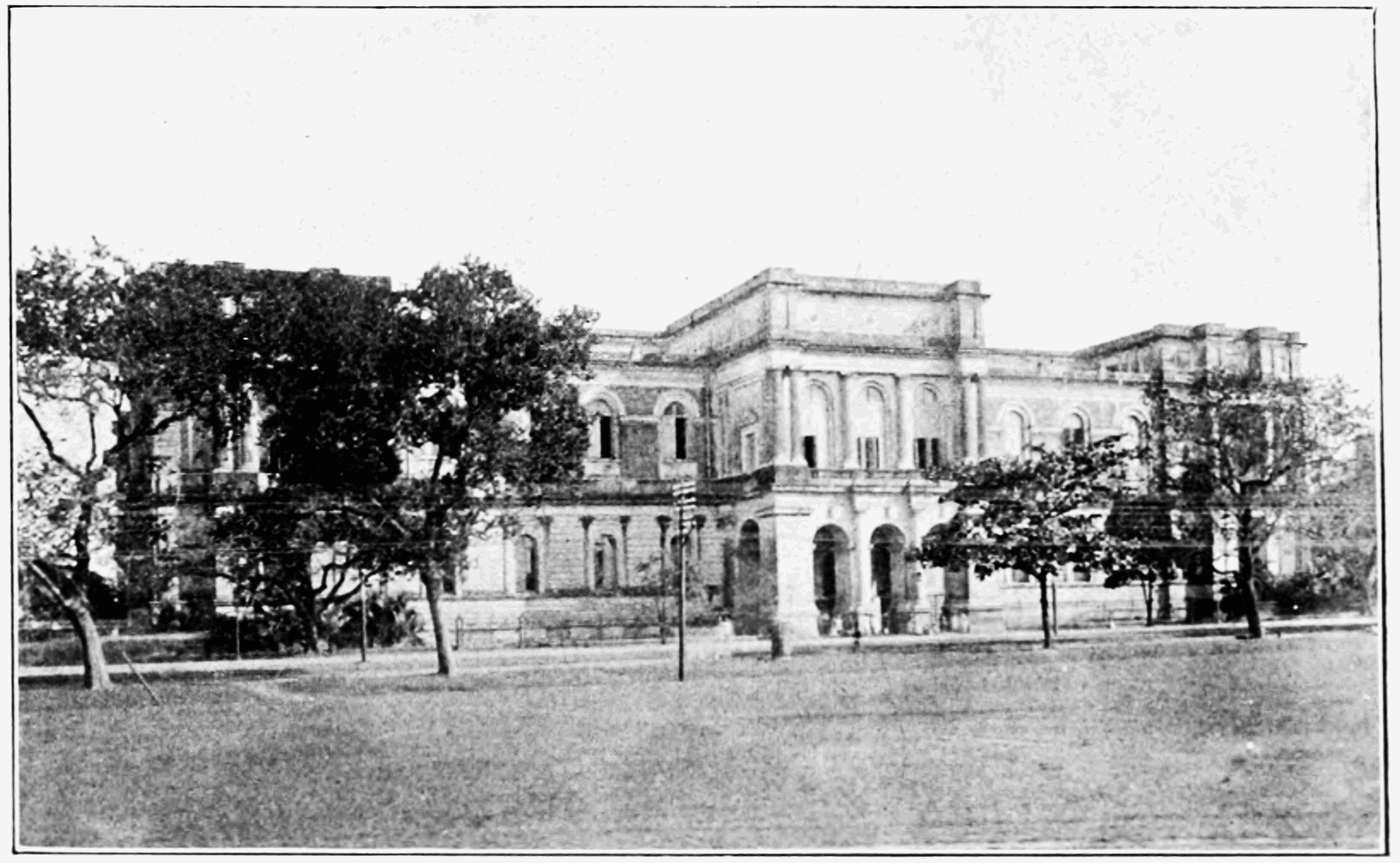 Image: The Indian Museum in Kolkata, 1907. Photo courtesy: Popular Science Monthly, Volume 71, Wikimedia.
Image: The Indian Museum in Kolkata, 1907. Photo courtesy: Popular Science Monthly, Volume 71, Wikimedia.
The Indian Museum in Calcutta (read about the earliest collections), which was established in 1814, heralded a museum movement in India, with the British building new museums in Madras (Chennai), Bombay, Jaipur, Lucknow, and Patna. Most of these museums were located amidst large and beautiful botanical and zoological gardens. But have you ever wondered why so many museums were built and that too on such sprawling campuses?
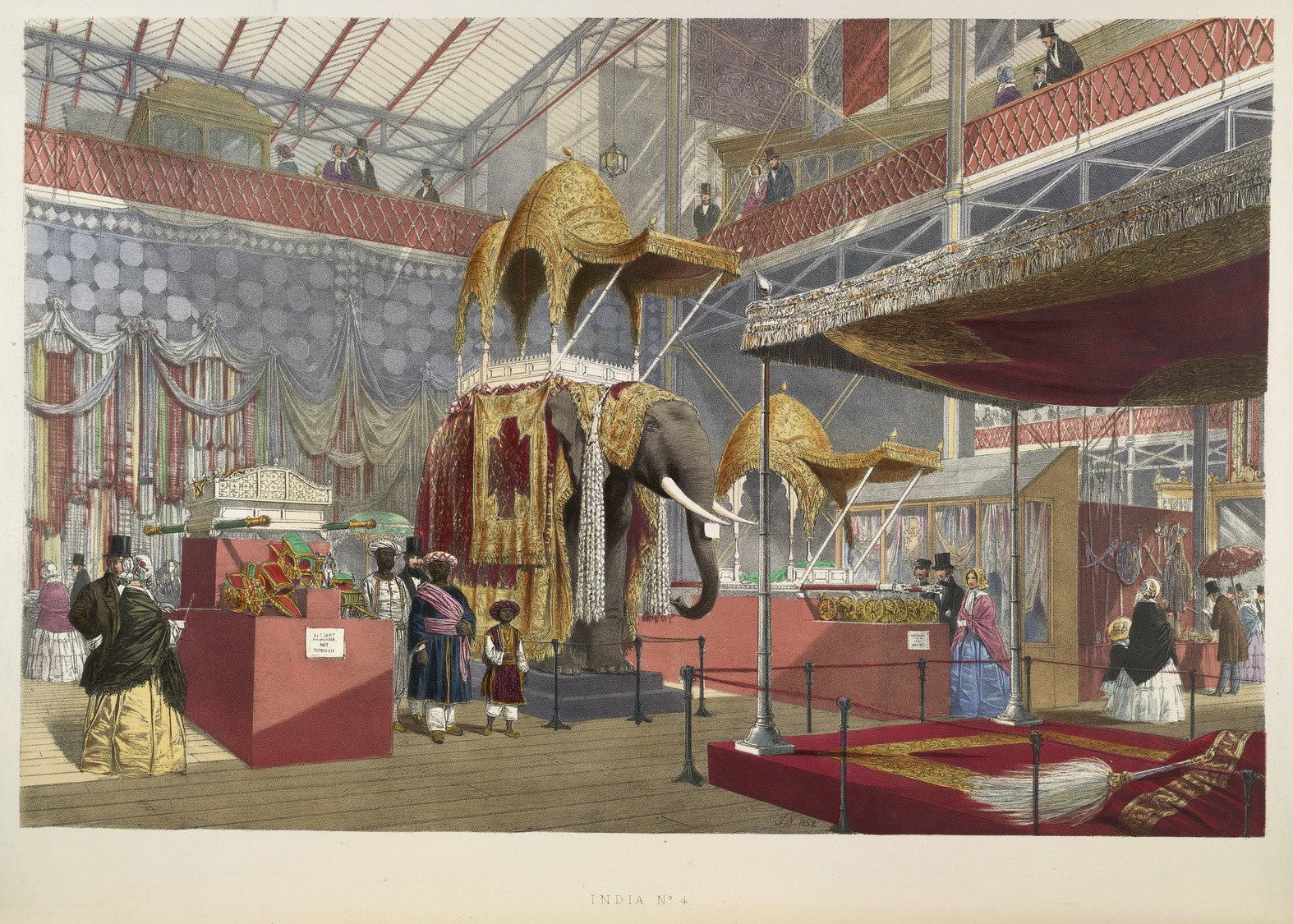 Image: Great Exhibition 1851. Picture courtesy: Dickinson’s Comprehensive Pictures of the Great Exhibition of 1851 (London 1854), from The Great Exhibition of 1851, Jeffrey A. Auerbach (1999).
Image: Great Exhibition 1851. Picture courtesy: Dickinson’s Comprehensive Pictures of the Great Exhibition of 1851 (London 1854), from The Great Exhibition of 1851, Jeffrey A. Auerbach (1999).
In 1851, the Great Exhibition was held at the specially created Crystal Palace building in London. It was to celebrate the advances in the industry, and arts & crafts of the day. Britain took a leading role in it, after all, it was co-organized by Prince Albert, husband of Queen Victoria. Around 60 lakh people visited this exhibition in 6 months, where a carved ivory throne, a coat embroidered with precious stones, and an elephant’s howdah represented India. Most of the objects from this exhibition became the formative collection of the Museum of Ornamental Art, in Marlborough House, later the Victoria & Albert Museum, South Kensington.
The exhibition resulted in generating awareness around these objects, initiating education in the arts & crafts sector, and instituting a symbiotic connection between the arts & crafts and industry. Indian craftsmen were encouraged to fashion indigenously-inspired decorative items that would also cater to the Western market. The new museums of India helped propagate the imperial objective of educating the Indians about their botanical, zoological, cultural resources, and heritage, in keeping with the aim of the exhibition. Inviting families into these green spaces made museum visits a cherished experience.
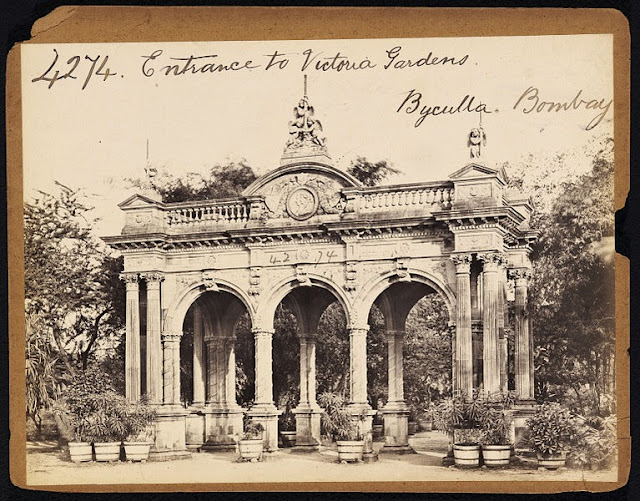 Image: The entrance Rani Bagh, earlier called Victoria Gardens, where the Dr. Bhau Daji Lad Museum is currently located. Photo courtesy Deepa Krishnan.
Image: The entrance Rani Bagh, earlier called Victoria Gardens, where the Dr. Bhau Daji Lad Museum is currently located. Photo courtesy Deepa Krishnan.
According to Dr Kavita Singh, the art historian who has undertaken extensive research in the museum movement in India, “The Indian Museum, Calcutta, and the Victoria and Albert Museum, Bombay, claimed over 800,000 visitors in 1913. Madras claimed over 400,000, and Baroda, 300,000 visitors each year.” Through intensely researched and well-curated displays, guided tours and careful positioning in the eye of the public, these museums attracted tourists and researchers from all over the world, not just India.
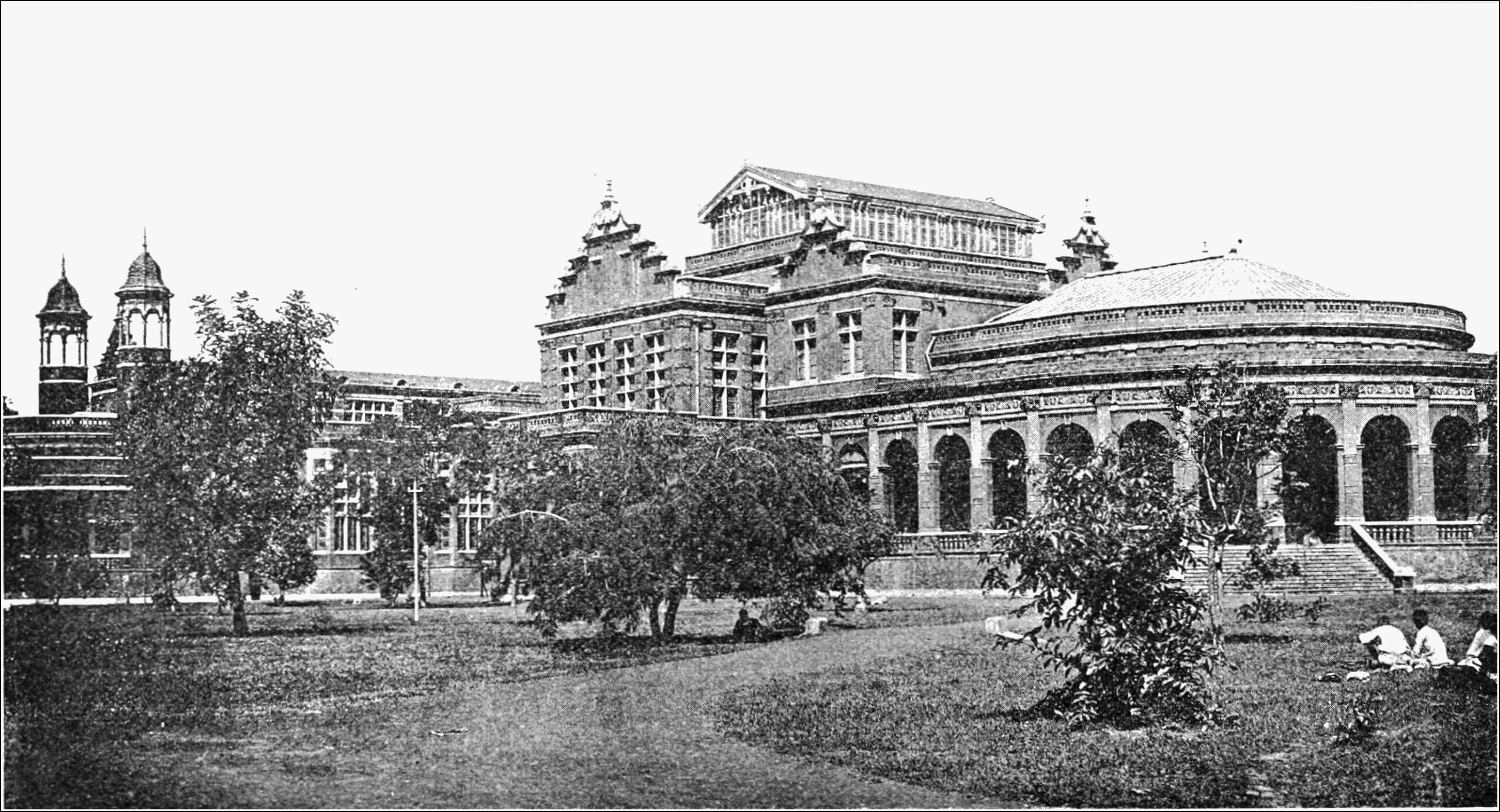 Image: Government Museum (Madras) 1907. Photo courtesy: Popular Science Monthly, Volume 71, Wikimedia.
Image: Government Museum (Madras) 1907. Photo courtesy: Popular Science Monthly, Volume 71, Wikimedia.
The second museum in India, Government Museum, was established in Madras (1851) and the third was set up in Bombay, the Victoria & Albert Museum (1872). The latter was renamed the Dr Bhau Daji Lad Mumbai City Museum in 1975 after one of its founding fathers, Dr Bhau Daji Lad. He was the first sheriff of the city and a highly respected doctor, historian and philanthropist.
 Image: Sir Dorabji Tata donated his collection of paintings, statuary and other art objects to the Prince of Wales Museum, Mumbai, (now Chhatrapati Shivaji Maharaj Vastu Sanghrahalya). His generous offerings are now on display as the Sir Dorabji Tata Collection. Picture courtesy Sir Dorabji Tata Trust.
Image: Sir Dorabji Tata donated his collection of paintings, statuary and other art objects to the Prince of Wales Museum, Mumbai, (now Chhatrapati Shivaji Maharaj Vastu Sanghrahalya). His generous offerings are now on display as the Sir Dorabji Tata Collection. Picture courtesy Sir Dorabji Tata Trust.
The Prince of Wales Museum in Mumbai, now called the Chhatrapati Shivaji Maharaj Vastu Sangrahalaya (CSMVS), was established in 1905 as a memorial to the visit of the Prince of Wales to India. In 1911, the statue of the Prince was crafted by George T Wade and donated by David Sassoon, a prominent Bombay businessman. Some of the first collections at the museum were Indian miniatures and other antiquities from the Seth Purushottam Mavji Collection, originally belonging to Nana Phadnis, an important Maratha minister of the Peshwas. The Museum collection comprises artefacts that have been purchased as well as gifts by generous donors like Sir Ratan Tata and Sir Dorabji Tata. In addition, a multitude of other collections such as those of Sir Akbar Hydari, and Karl and Meherbai Khandalavala as well as antiquities acquired from the Archaeological Survey of India has contributed towards the grand collection of the Museum.
 Image: The Jaipur Museum, 1907. Photo courtesy: Popular Science Monthly, Volume 71, Wikimedia.
Image: The Jaipur Museum, 1907. Photo courtesy: Popular Science Monthly, Volume 71, Wikimedia.
The Albert Hall, now the Central Museum in Jaipur, was set up in 1876, and the Patna Museum, in 1917. Among its collection of beautiful sculptures and other antiquities, the Patna Museum boasts of a 53-foot fossil of a pine tree found near Asansol in 1927, and the Albert Hall has a well preserved Egyptian mummy bought by Maharaja Sawai Ishwar Singh in Cairo in 1887. These prove to be very attractive to young visitors to the museums even today. The Princely States of India started engaging in museum building activities much before the country gained Independence as part of the state’s educational and cultural dissemination. These museums and the others that were established soon after were the outcome of earnest efforts of well-meaning Britons, along with some Indians, interested in organizing, showcasing and preserving knowledge like Sir Swinton Jacob, Dr George Birdwood, Major Mant, R.F. Chisholm, and Maurice Gwyer.
Did you know:
At the behest of the Archaeological Survey of India, various explorative investigations that was initiated since the times of its first Director General, Alexander Cunningham, resulted in the collection of vast quantities of antiquarian remains. The creation of site museums had to wait until the arrival of Sir John Marshall, who initiated the founding of the local museums like Sarnath (1904), Agra (1906), Ajmer (1908), Delhi Fort (1909), Bijapur (1912), Nalanda (1917) and Sanchi (1919). Rereeti will explore this topic in detail in future posts.
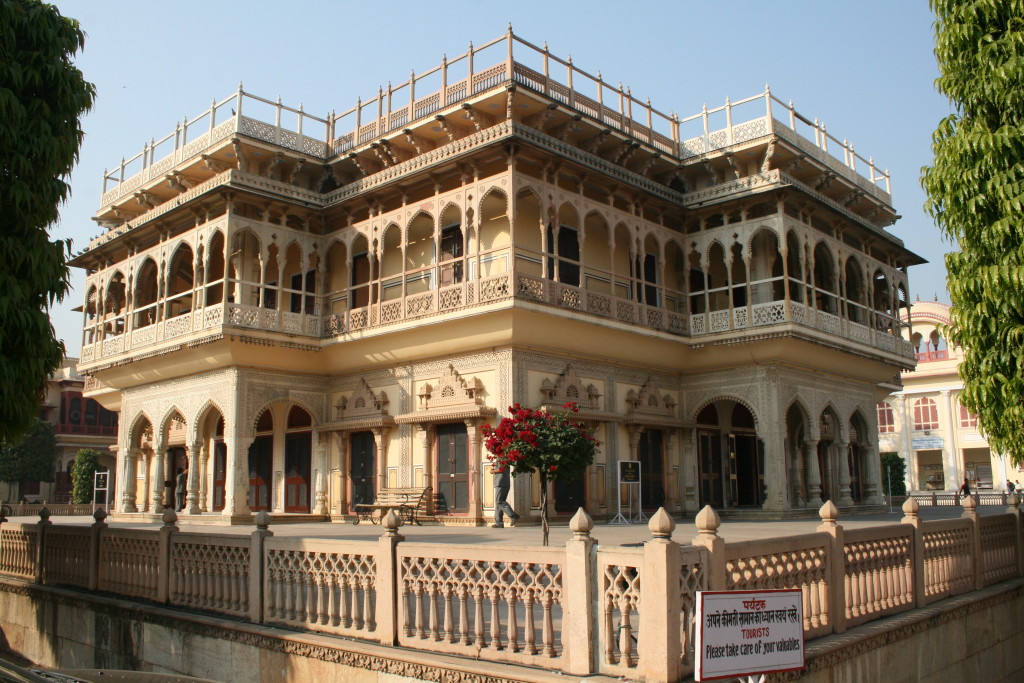 Image: The City Palace Museum, Jaipur. Photo courtesy Wikipedia.
Image: The City Palace Museum, Jaipur. Photo courtesy Wikipedia.
The Maharaja Sawai Man Singh II Museum, popular as the City Palace Museum, was established around 1880 in Jaipur. It owes its origin to the combined efforts of the Maharaja of Jaipur, Sir Swinton Jacob, the Chief Engineer, and Colonel Thomas Holbein Hendley, Chief Surgeon of Jaipur. Within 100 years, it increased its scope and place in the global museum world through detailed documentation and research on its extensive collections, which included some of the best handmade carpets, miniature paintings, silver jugs, and textiles of the world. It kept evolving with time and reinventing itself. The Sports and Games exhibition, which focused on all the sports exhibits featured in the Museum’s collections, was conceptualized to complement the 1982 Asian Games held in India. It was not just coincidence that the luxury train ‘Palace on Wheels,’ which runs from Delhi to Agra via Jaipur, Jodhpur, Jaisalmer, and Udaipur – all major tourist destinations – was launched by the Indian Railways in 1982.
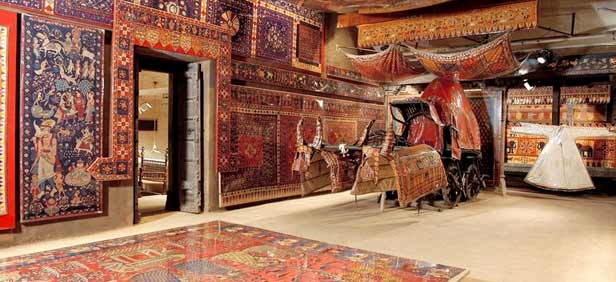 Image: The Calico Museum of Textiles in Ahmedabad. Photo courtesy: Wikipedia.
Image: The Calico Museum of Textiles in Ahmedabad. Photo courtesy: Wikipedia.
The Calico Museum of Textiles and The Sarabhai Foundation Collections at Ahmedabad was the culmination of discussions between the eminent art historian Dr. Anand Coomaraswamy, and the scion of the Calico textile magnet, Gautam Sarabhai. It was set up in 1940 to safeguard Indian textiles and antiquities, and undertake intensive research on them. Over the last 75 years, it has remained one of the best conceptualized, executed museum in India, with several publications on its rich collections. The Baroda Museum was founded by Maharaja Sayajirao Gaekwad around the same time as the Jaipur Museum in 1894. It has a range of artefacts from Egypt, Sri Lanka, Burma, from Mughal India, and the Gujarat and Maratha historical reigns.
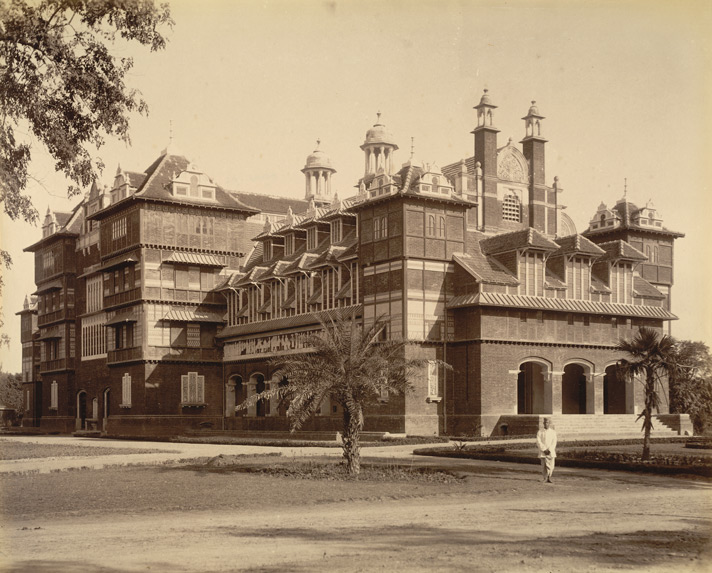 Image: Baroda City Museum. Photo courtesy eBaroda.
Image: Baroda City Museum. Photo courtesy eBaroda.
Through intensely researched and well curated displays, guided tours and careful positioning in public vision, these museums attracted both tourists and researchers from all over the world, not just India.
In the final post of this series, I will talk about museums in Independent India. We will look at the establishment of the country’s first national museum, in New Delhi.
Dear readers, share with us photos of your earliest museum visits! Email Rereeti and mention ‘Museum Memories’ in the subject line.
About the Author
 Poulomi Das is a multi-disciplinary professional with experience in interpretation, curation, collection management, and research. She has worked on several museums and heritage space projects in India.
Poulomi Das is a multi-disciplinary professional with experience in interpretation, curation, collection management, and research. She has worked on several museums and heritage space projects in India.







Reblogged this on EVE.
Informative post indeed! And pictures made it even more interesting. I look forward to the following post on museums post-independence.
You have mentioned the reason British people created these museums to “help propagate the imperial objective of educating the Indians about their botanical, zoological, cultural resources, and heritage. Inviting families into these green spaces made museum visits a cherished experience.”. After British left, Pandit Nehru took charge and he was a big believer and promoter of culture, heritage, and ‘scientific temper’ himself having written book like Discovery of India.
However, my view and experience is that this museum experiment has completely failed to arouse any kind of curiosity in masses of India. I have visited several museums in India and read about several others that I could not visit on sites like tripadvisor. Most of them are ill maintained or even if they are well maintained, they are boring and do not connect with common man of India. I agree they are often in city centres amidst lush sprawling environments, but then why is it a visit not a cherished experience for an average Indian family. Why are Indians heading for crowded malls, religious places, cricket stadiums and not spending a Sunday afternoon sipping tea in a museum. Delhi’s National Museum had a handful of parking spots and I always found one over the weekend! Government control or Civil servants who are getting a punishment posting (recently Ashok Khemka) ensures there’s no passion to run the museums. Ironically, history and geography are most popular subjects for IAS aspirants 🙂 I believe empty museums go hand in hand with lack of reading culture and overall lack of curiosity. I am interested to know a curator’s or specialist’s view on this sorry state of our museums.
I recently started writing a blog – http://www.thecuriousdesi.com and came across this blog while surfing the net.
Dear CuriousDesi
Thank you for reading my articles. But a bigger thank you for hunting down and visiting museums.
Culture is not usually high up on the agenda of most Government budgets, not only in India but the world over, hence there is a bare minimum budget allocation for these institutions. When there is barely any money to pay the electricity and phone bills at most these places then how will they pay their existing staff or find new staff. This leads to a general apathy towards the institutions and neglect follows. Red tapism in India adds its own flavour to the problems.
The issues you have raised are under major debate all over the world, many big museums in the world are facing closure in the next few years as they are not able to find money to run them, at least India is thriving in this field. There are several small and big museums coming up in India – the Bihar Museum is next in the list. It’s going to be free India’s biggest and most modern museum, and a state government venture. They already have a FB and Twitter presence, you could follow them.
Please keep visiting museums and encouraging your friends to do the same.
All the best
Poulomi